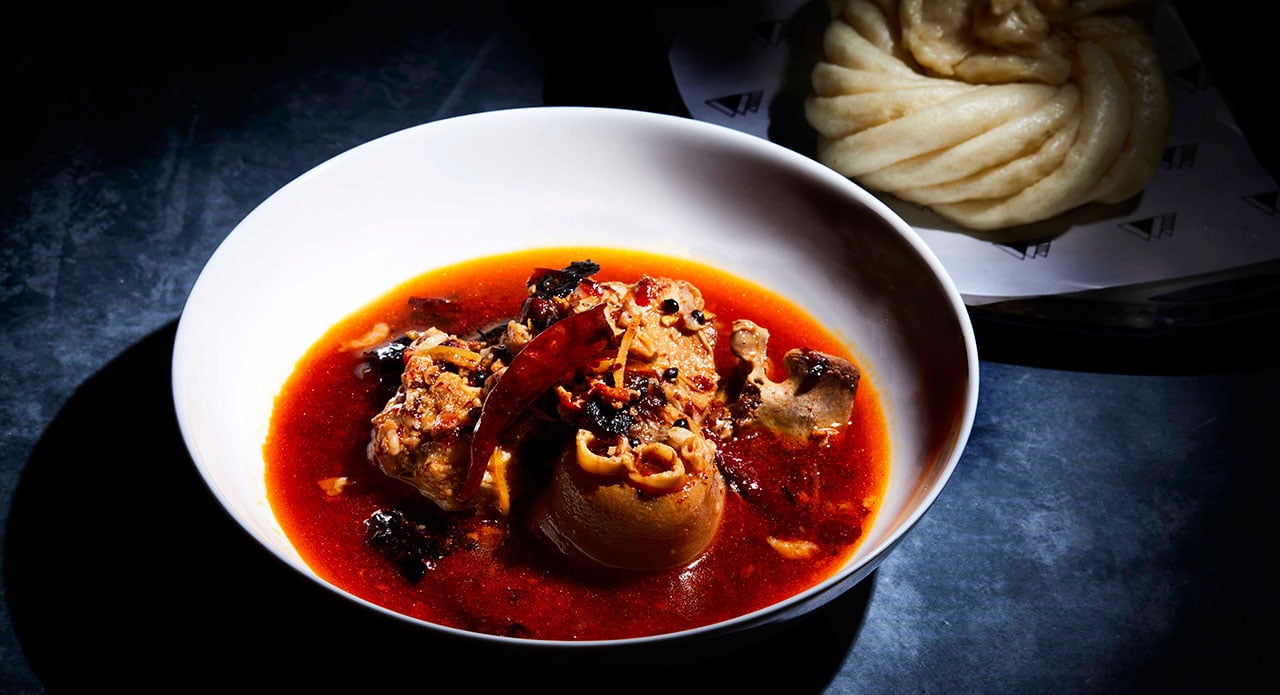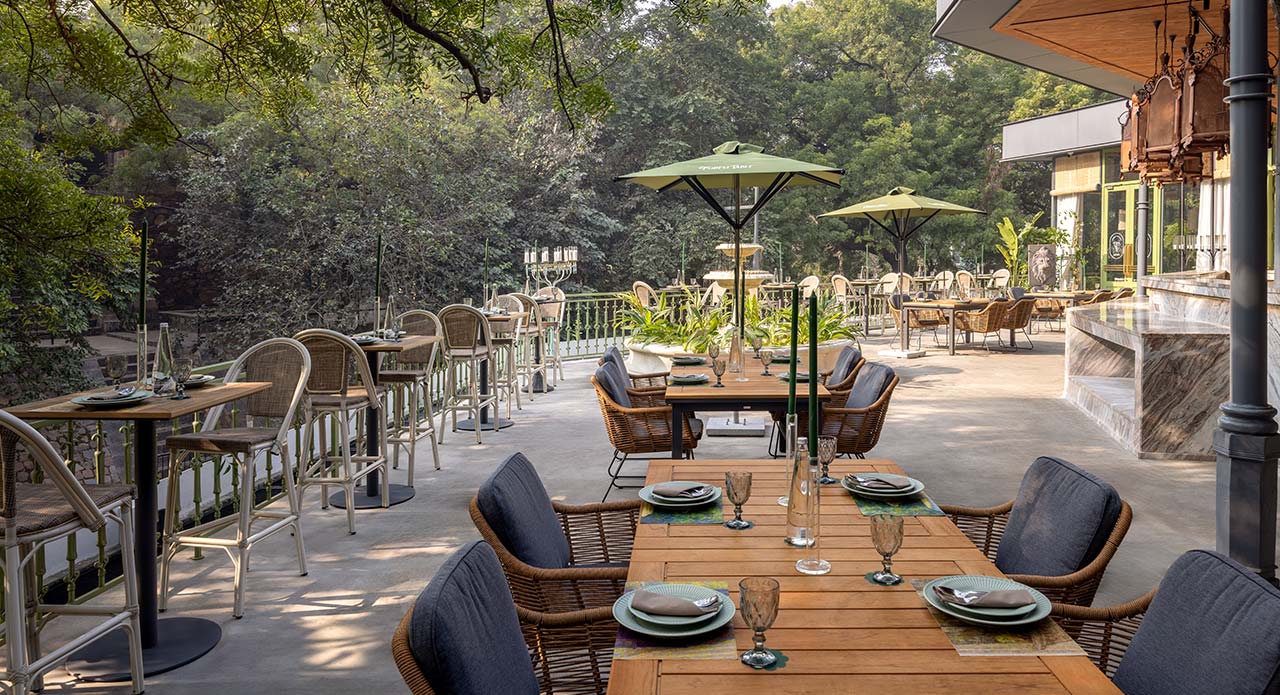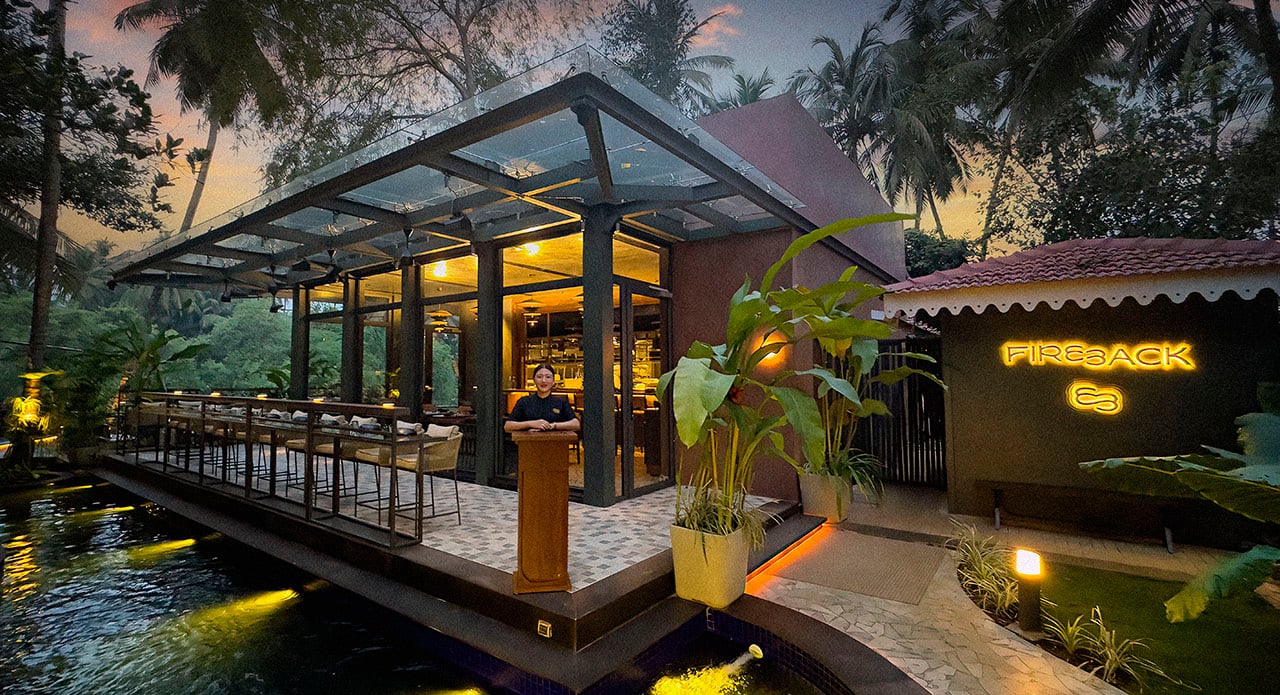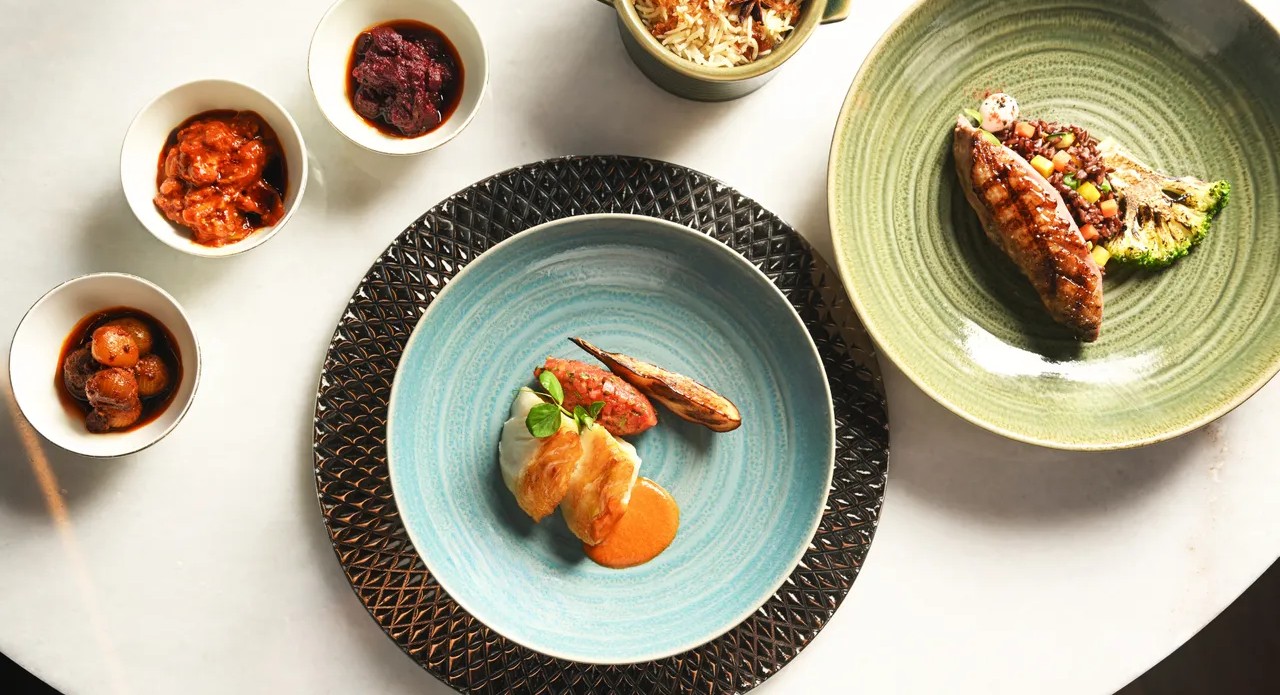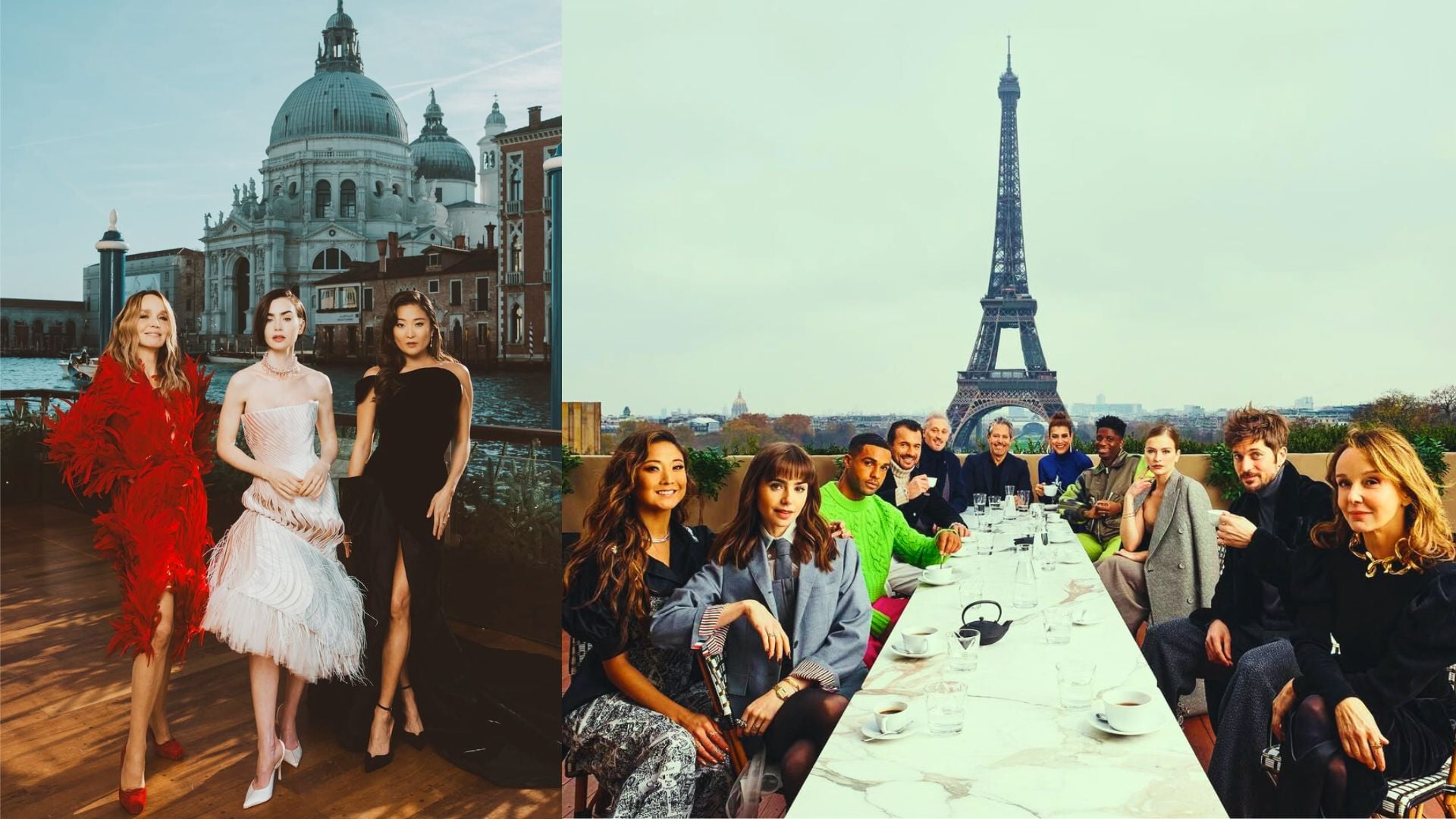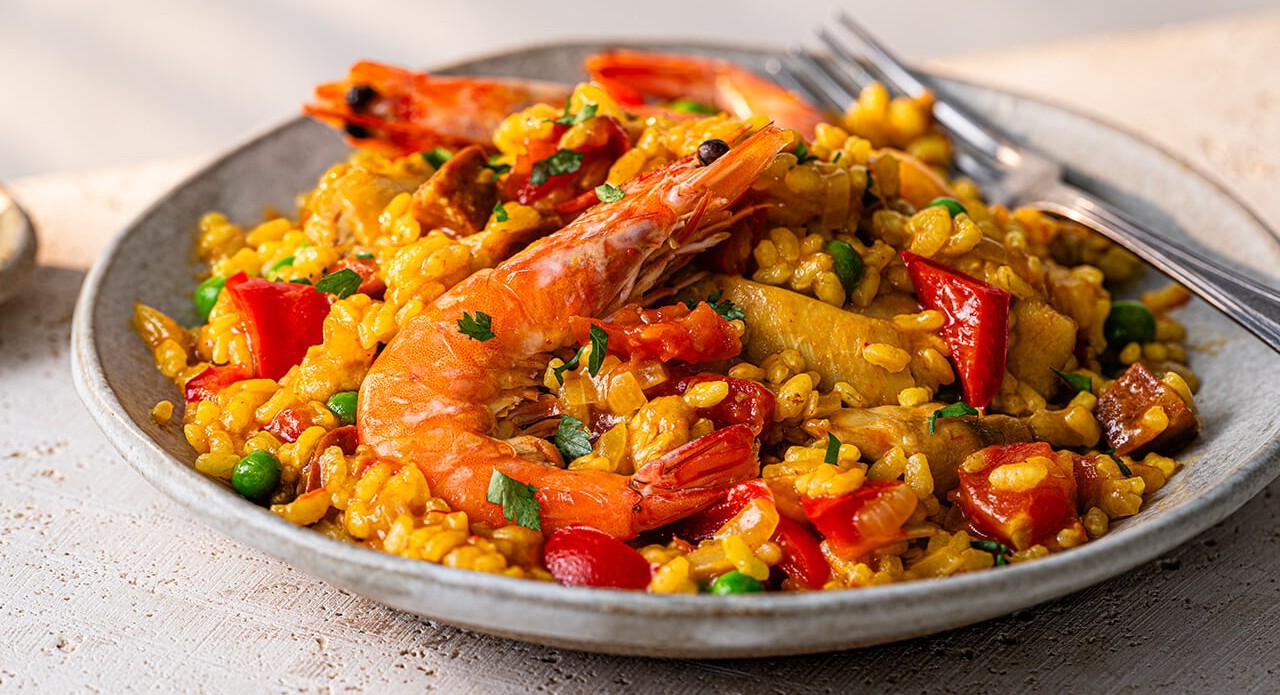It’s hard to find Kolkata-style puchkas on the streets of London. But celebrated Indian-born British restaurateur and cookbook author, Asma Khan who grew in Kolkata seeing both rickshaw pullers and executives in Mercedes-Benz cars queueing up at the same roadside stalls for these flavour bombs, got them at her popular London restaurant Darjeeling Express. The restaurant that started as a small supper club in 2012 went on to become a full-fledged luxury dining space by 2017, all thanks to its Mughlai and Bengali-inspired home-style Indian dishes like Kosha Mangsho where slow-cooked spiced mutton comes from Khan’s family’s kitchen to Niramiesh where seasonal vegetables are infused with Panch Phoran, a traditional five-seed spice used in Bengali cooking. “Darjeeling Express has always been a way for me to honour my roots in Calcutta and the dawaats of my ancestors. Many of our dishes are recipes passed down through the women in my family, each carrying the memory of a time, a place, and a person,” she tells Outlook Luxe on how her restaurant draws a massive crowd for regional delicacies.
Back at home, Indian five stars are bringing limited-period regional food pop-ups to attract gourmands. Last month, The Westin Pune Koregaon Park spotlighted Kodava cuisine of Coorg curated by Chef Priya Aiyappa, a proud Coorg native, offering the region’s Pandi Curry, paired with pillowy Kadambuttu (steamed rice dumplings), alongside Paputtu (soft rice and coconut cakes), and seasonal dishes like Kakkada Nyend Curry, the earthy Baimbale Curry and more while The Westin Goa hosted ‘Forgotten Flavours’ to bring ancient recipes, and secret spice blends of Goa’s earliest communities such as Kunbis.
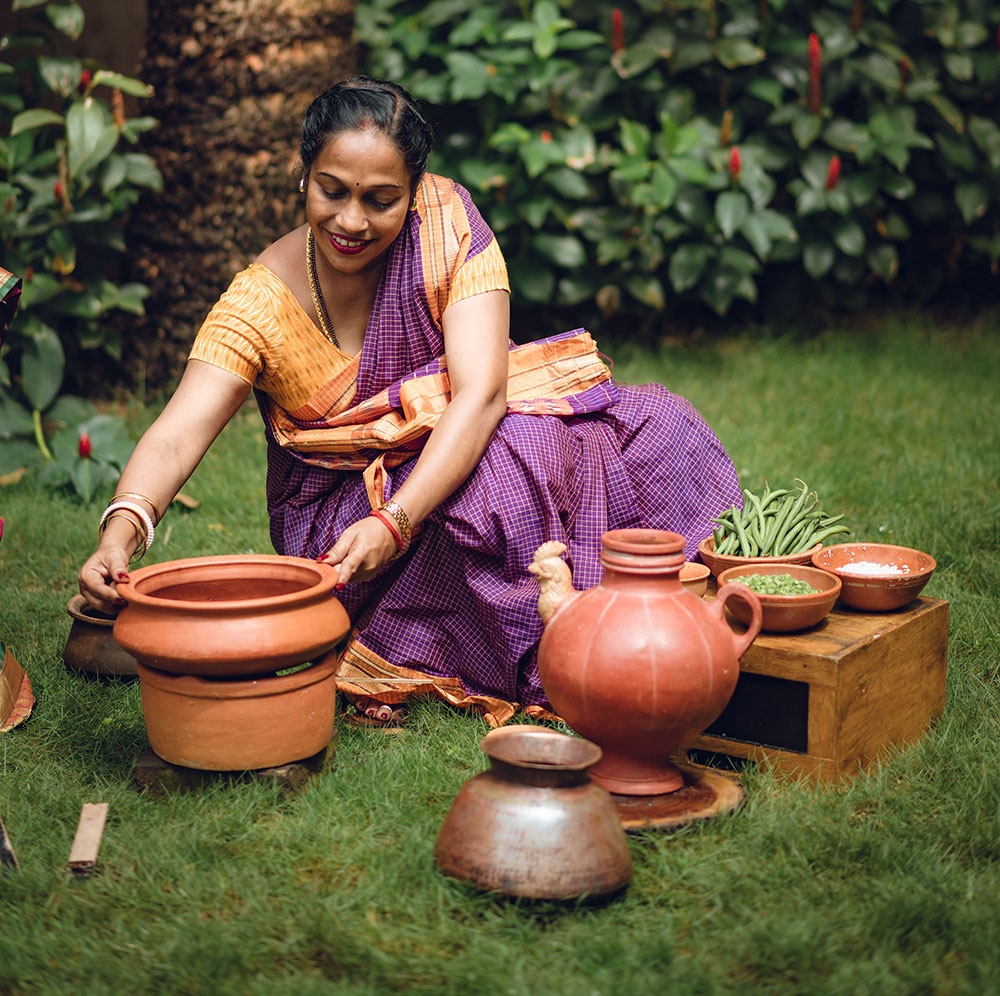
A couple of months back, Delhi’s Seven Seas Hotel hosted their recurring food festival ‘Dilli Meri Jaan’ bringing the local street food of Old Delhi. Think Moth Kachori, Spicy Chole Kulche, sweetened milk foam, Daulat ki Chaat, amongst other delights. Pullman New Delhi Aerocity went a step ahead, roping in an international Chef. It came up with the Persian Food Festival bringing notable Iranian Chef Mona Poordaryaeinezhad who brought the richness of Iranian cuisine. It had saffron-kissed Paneer-e-Zaffran, and Kofta Shiraz, comforting classics like Gosht Mewah Pulao and Adasi Polo which highlighted Persia’s timeless love for rice and desserts like golden Zardh, Halwa-e-Sheer, and Lab-e-Shireen evoking memories of Nowruz (Iranian New Year) celebrations.

“Diners today are far more intentional. They’re asking: Who is cooking my food? Where do the ingredients come from? Whose story am I engaging with? The focus has shifted from just the taste to the integrity behind the plate,” says Khan on how region-specific culinary experiences are defining luxury dining today where guests value not just the food but its unique heritage.
Hunger for stories
As per the ‘Food with Feeling’ Godrej Food Trends Report 2025, 82% experts say that there is a rise in liking for seasonal, local and culturally rooted ingredients. People are looking at food with a renewed lens. It’s not just about great taste and stunning ambience now; the well-travelled and globally exposed folks of today value stories, traditions, and community that shape local cuisine. “When I tell a guest that the Prawn Malaikari they’re eating was once cooked for my mother on her wedding day, it stops being just a dish, it becomes part of a living tradition,” says Khan whose menu at Darjeeling Express is an “anthology” connecting each dish with identity, culture, community, and memory.
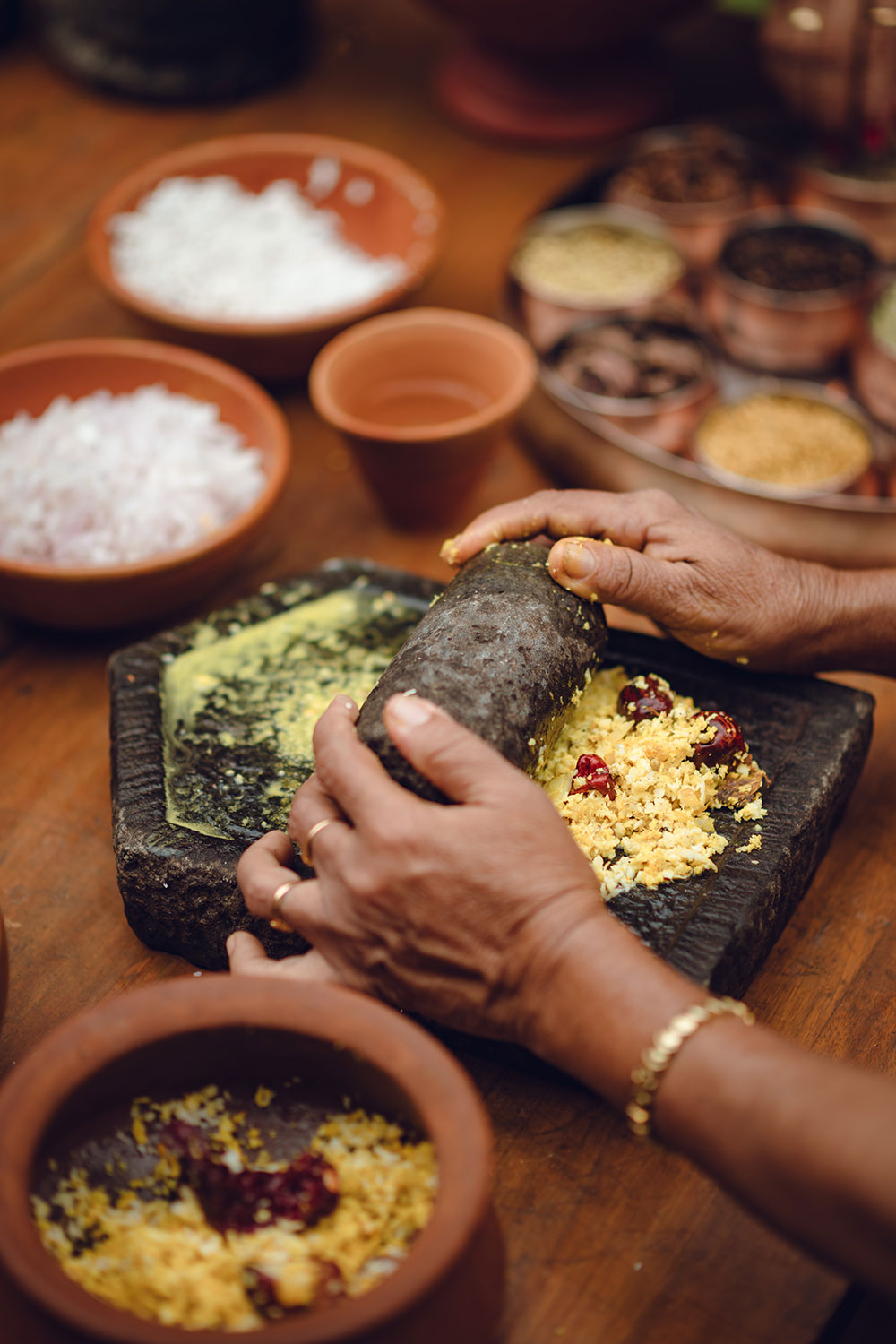
In one of her recent pop-ups, ‘Calcutta to Darjeeling’ Khan took guests through Kolkata’s tea gardens, the railway journeys, and the street snacks sold outside railway stations in the region for a cultural dive. “We live in a time where food is constantly photographed, posted, and consumed in seconds. But what makes food truly impactful is the stories behind it, the hands that cooked it and the land it came from. A story humanises food,” says Khan.
Authentic and local
In an age when metro-cities are flooded with new fine dining restaurants opening every week, regional pop-ups and chef’s tables cut through the clutter with authentic and local flavours. And local chefs and region-specific ingredients lie at the heart of the meal.
For instance, at Crowne Plaza New Delhi’s Rangla Amritsar food festival, the hotel flew Chef Jaswant Singh, who’s grown up amidst Amritsar’s bustling streets and community kitchens, to prepare signatures like Challi da Shorba, Amritsari kulcha chhole, Makki di Roti te Sarson da Saag, Amritsari Naan, Mutton Balochi Kadhai, amongst other authentic dishes. “I have cooked in Amritsar for over ten years. I bring with me not just recipes but lived experiences—how my grandmother cooked, how street vendors seasoned their grills, and how the winter harvest shaped our kitchens. Additionally, we ensured key ingredients like spices, ghee, and mustard greens were brought from Amritsar itself. So when people savour Sarson da Saag or Tawa Machhi, they know these are not just ‘Punjabi-style’ dishes but Amritsari delicacies cooked by someone who has lived there, experienced the culture, and carried those flavours with him.,” he tells us.
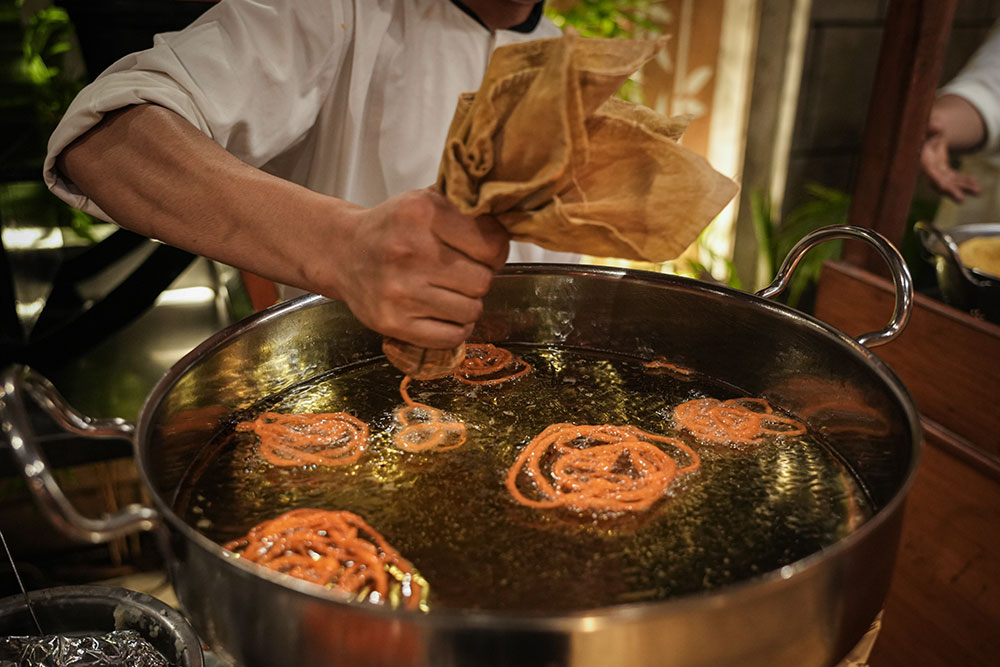
At Bengaluru’s The Conservatory known for hosting regional food pop-ups, it recently hosted Mumbai-based Across that has earned its name for spotlighting underrepresented cuisine of the Himalayan region under the aegis of Chefs Viraf Patel and Prakriti Lama Patel. “I’ve always been drawn to food that tells a story and Himalayan cuisine does so with layers of history, geography, and culture. Born of resilience and ingenuity, it reflects high-altitude terrains and seasonal scarcity, emerging from one of the world’s most remote regions,” says Chef Viraf.
Their regional menu at The Conservatory took one to the mountains quite literally with local ingredients. “The Mustang Black Dal was sourced directly from Mustang, where the unique terroir lends the lentils their depth of flavor. The jimbu herb, used to cook the prawns, came from Mustang and Jumla — a wild foraged plant with the unmistakable aroma of the highlands. For the Corn and Nettle Soup, the nettle was gathered from Himalayan slopes where it grows in abundance,” tells Chef Prakriti Lama Patel who grew up savouring Himalayan cuisine.
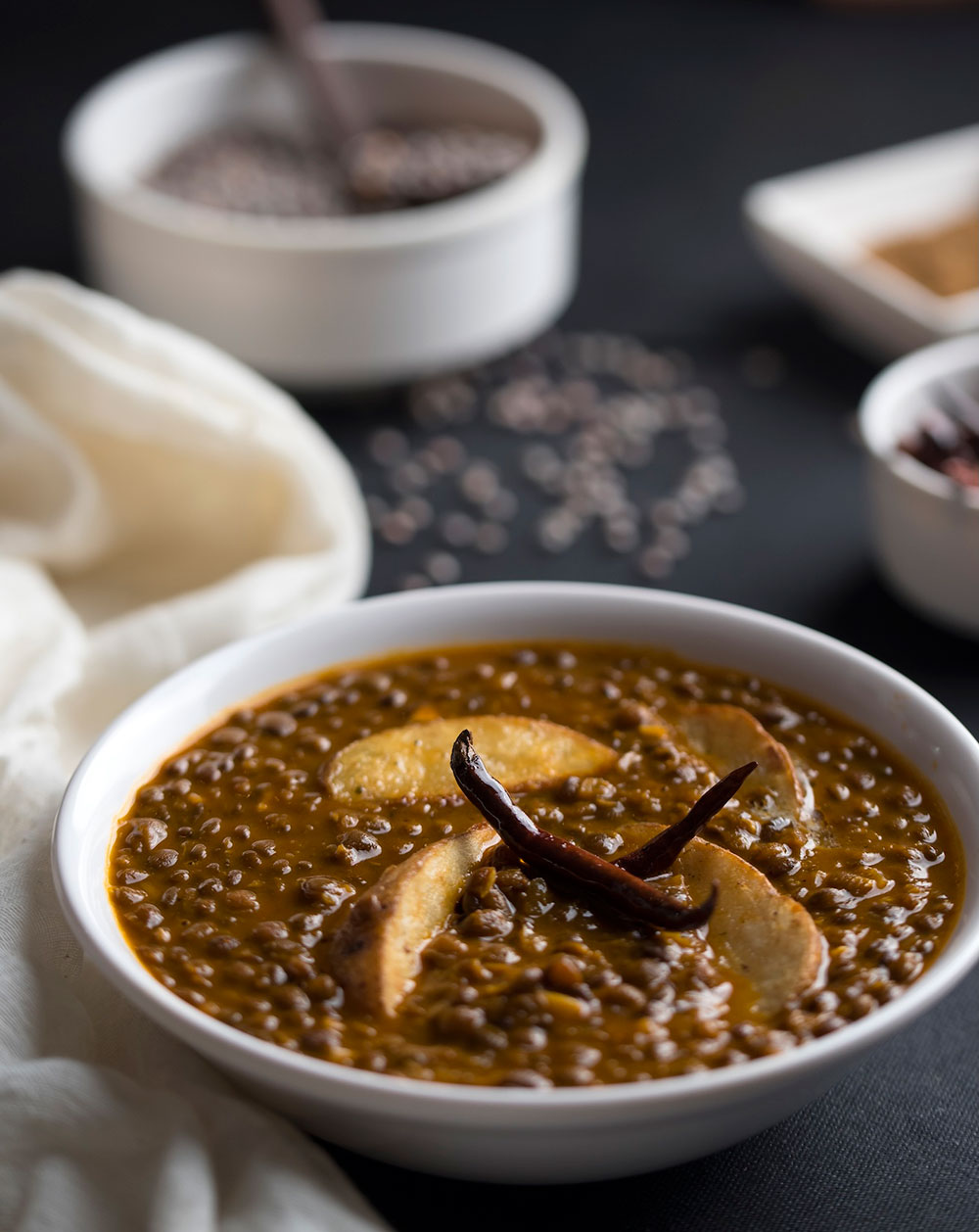
‘Luxury is about experience’
Regional food pop-ups and intimate chef tables are the new luxury dining trend offering personalised experience and Chefs could not agree more. “People value experiences that feel personal and meaningful. They want to know if their meal supports communities, preserves heritage, or tells a genuine story,” says Khan.
Chef Viraf points that in the coming times diners will increasingly value sustainability, provenance, stories behind food and more cross-cultural chef collaborations where storytelling will become as important as taste. “Luxury today is about experiences, and not opulence. A chef’s table that introduces you to a rare cuisine or tells a meaningful story offers depth, intimacy, and uniqueness. That’s what modern diners are looking for,” he says.
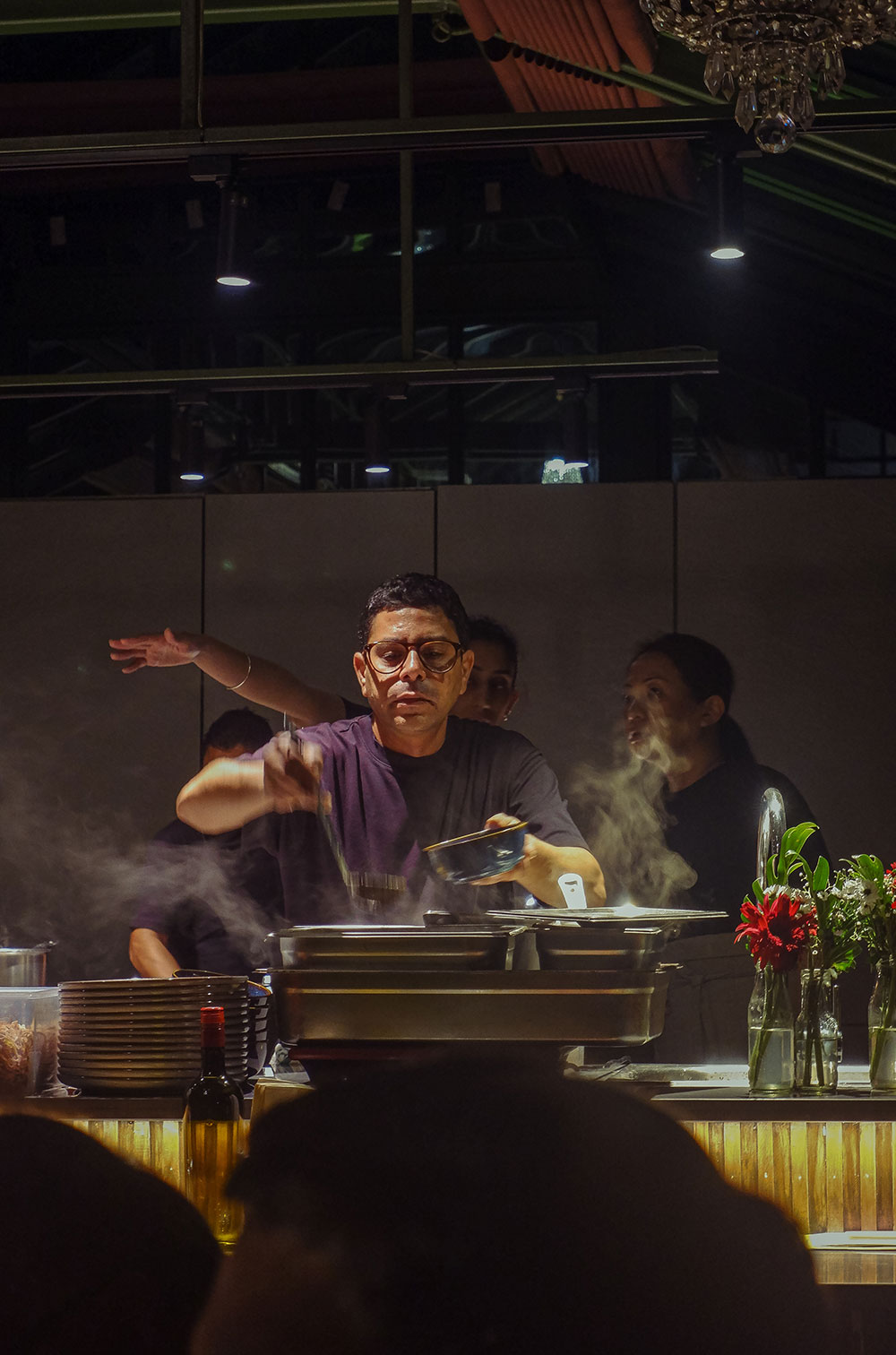
Chef Mona Poordaryaeinezhad who frequently travels for regional food pop-ups tells how India is amongst top regional dining destinations in the world. “For immersive culinary seekers, Japan, Italy, India, Thailand, and Turkey shine with intimate chef’s tables, vineyard tastings, vibrant food festivals, and curated tours all rooted in rich regional food traditions,” she concludes.
